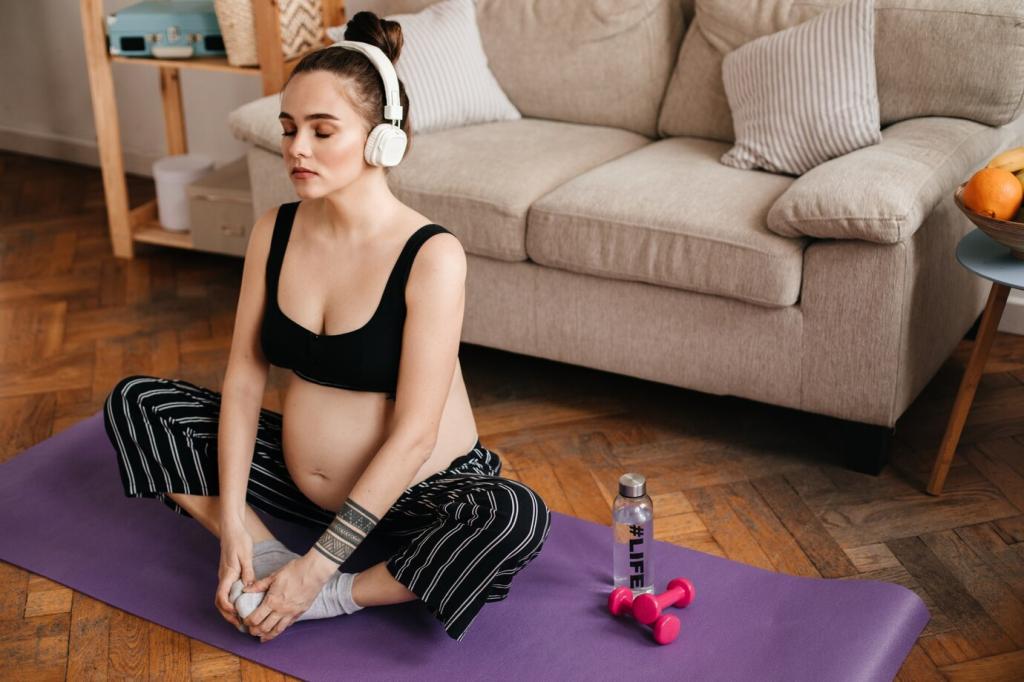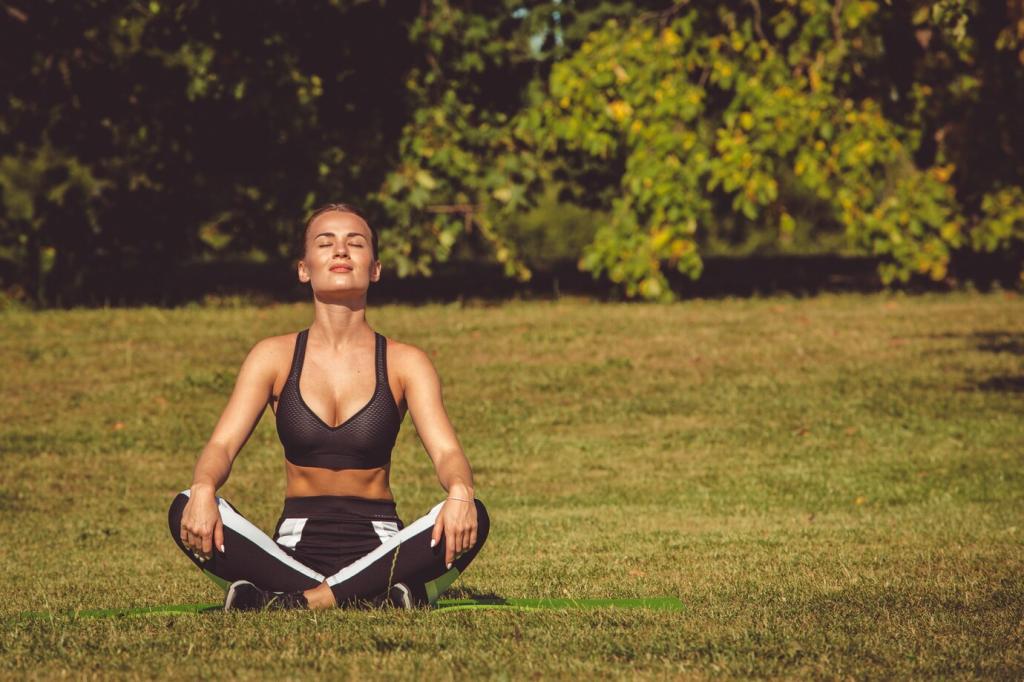Chosen theme: Mindfulness Techniques in Fitness Planning. This is your space to align workouts with awareness, breathe into effort, and plan with purpose. Stay curious, join the conversation, and subscribe for weekly mindful training prompts that keep your goals grounded and your routine inspired.
Start With Intention: Designing a Mindful Training Plan
Choose a single guiding intention for each session—perhaps steadiness, curiosity, or patience—and write it at the top of your plan. This quiet compass helps you adapt without spiraling when life intervenes. Share your intention word for today in the comments and inspire someone else’s start.


Start With Intention: Designing a Mindful Training Plan
Use the first five minutes to scan from feet to forehead, noticing temperature, tension, and readiness without judgment. Adjust your plan to match what your body reveals, not what yesterday demanded. This mindful check-in prevents bravado from disguising fatigue. What did your scan reveal today?
Mindful Goal Setting and Periodization
Values-First SMART Goals
Let your goals serve what matters—energy for parenting, confidence for hiking, peace under pressure. Then make them Specific, Measurable, Achievable, Relevant, and Time-bound. When goals echo values, motivation stops wobbling. Post your value-word plus one SMART goal below to hold yourself lovingly accountable.
Presence-Paced Periodization
Plan progressive cycles, but allow daily presence to modulate intensity. Use readiness cues—sleep quality, mood, stiffness—to nudge effort up or down. Presence prevents overreaching disguised as ambition. If you notice two sluggish days, pivot early instead of proving toughness. What cue helps you decide to deload?
Reflective Weekly Reviews
Close each week with three mindful prompts: What felt easy? What felt loud? What felt true? Capture lessons in a short journal and adjust next week’s plan accordingly. This ritual turns feedback into foresight. Share one insight from your latest review to help our community iterate together.
Awareness During Training: Cues, Form, and Flow
Choose one technique cue per set—drive through mid-foot, soften shoulders, or keep ribs stacked. Multiplying cues multiplies noise. A single focus slices through distraction and builds trustworthy movement memory. Which cue improved your last lift or lunge? Tell us and tag a friend to test it.
Use Rate of Perceived Exertion as dialogue: ask your breath, grip, and posture what number they suggest. Adjust load or pace to hit the target range without ego. This conversation refines tolerances and teaches pacing. Comment your hardest honest RPE today and what you changed because of it.
Experiment with subtle rhythms—cadence timers, breath-matched strides, or quiet rest intervals. Gentle structure invites flow and protects attention from fatigue. When rhythm falters, welcome a reset break rather than forcing grit. Share your best flow cue so others can borrow it on tomorrow’s run or ride.

Mindful Recovery: Sleep, Fuel, and Rest Days
Build a pre-sleep ritual—dim lights, light stretch, two minutes of box breathing—to nudge your nervous system toward calm. Protect a consistent window and track how soreness and focus respond. When sleep improves, so do splits and lifts. What’s one change you’ll test tonight? Report back tomorrow.
Record intention, session focus, top set or peak pace, RPE, and one sentence about mood. Five lines, full picture. This lean snapshot keeps you mindful without drowning in numbers. Try it for seven days and share your template with our readers to spark a collective upgrade.

Stories From the Mat and Trail
Halfway through intervals, Maya felt panic rising. She paused for three slow breaths, softened her jaw, and resumed one notch lighter. The workout finished strong instead of spiraling. Her rule—breathe, soften, adjust—now lives on a sticky note. What simple rule could carry you through tough minutes?
Stories From the Mat and Trail
Leo asks athletes to run one quiet lap, noticing footfalls and shoulder tension. The lap reveals sloppy patterns that chatter had hidden. After practice, athletes describe one sensation they changed. Engagement spikes, injuries drop. Try a silent set today and report your biggest surprise in the comments.


